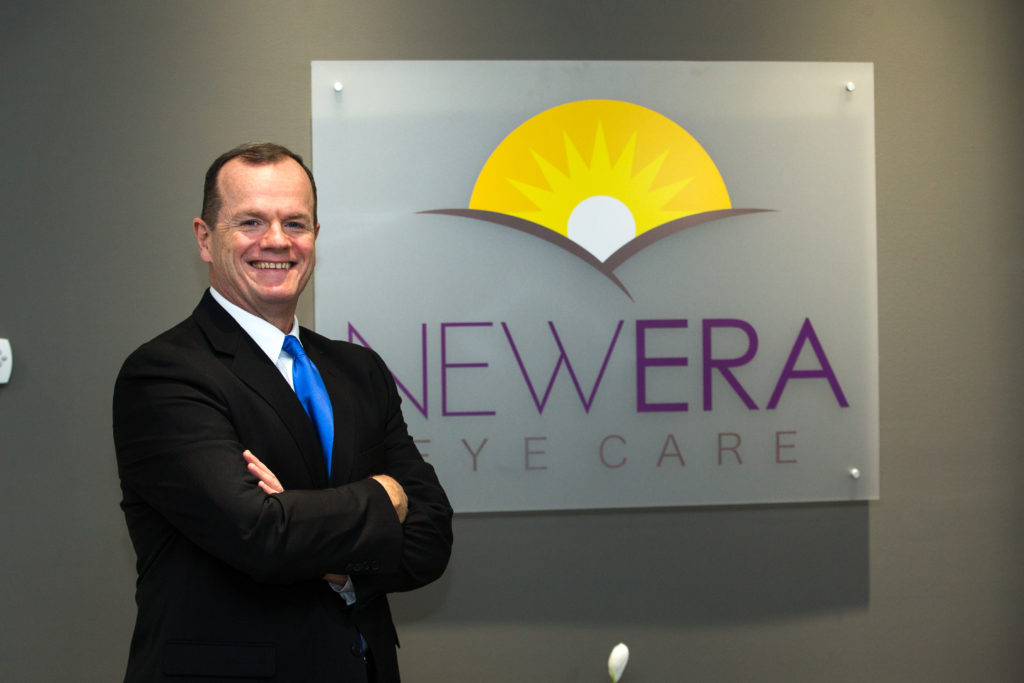By Brian O’Donnell, OD

July 29, 2020
The shutdowns of the spring due to the COVID-19 pandemic had a significant impact on practice finances. Many of us are far behind where we had projected our practices would be financially by this time in 2020. Here are the strategies that we have employed to increase our financial resilience and recoup what was lost.
Gauging the Extent of the Loss
Heading into June, we were around $140,000 behind where we were year-to-date in 2019. However, that number is hard dollars lost, and does not account for growth over 2019. What the spending habits of our patients will be as 2020 plays out remains to be seen. Out-of-pocket revenue sources will conceivably be non-recoverable if consumer confidence is minimal and less spending occurs. All key metrics that guide the practice had been running fantastic pre-COVID at near double-digit growth, so it will be interesting to see what happens for us in the second half of 2020.
Doubling Down on Telemedicine
Immediately after the shutdown of routine eyecare was imposed, we instituted telemedicine evaluations. I had contacted local health-care practices to let them know that my office could continue providing medical eyecare for patients with co-morbidities such as diabetes. We let the health-care practices we contacted know that we were open for emergency eyecare if a patient evaluated via a telemedicine appointment needed to be seen in-person.
Other Articles to Explore
That proved fruitful, as serving those patients helped revenue flow in both face-to-face emergency evaluations and those conducted virtually. Telemedicine service will continue even after the pandemic ends because it increases access to care, continues to rebuild practice revenues and prevents office bottlenecks by limiting patient flow.
Promoting Value Packages
We expanded our optical to include “value packages.” In anticipation of changes in patient buying patterns, we have expanded our lens and frame value packages, making it easier for a patient to say yes to a new pair of glasses, or an additional pair of driving eyewear, computer glasses or another second pair for a specialized need.
While our value packages have made purchases of eyewear more within reach for some of our patients, this promotion has not cut into our overall optical profitability.The per-dollar sale amount has remained consistent, indicating patients still prefer quality over perceived value.
Adding a Virtual Optical
We are investigating platforms that could provide us with a virtual optical. The goal is to have an online store within our practice web site that is branded, and features the same aesthetics, as our in-office store, but may offer more products than are displayed in our in-office optical. Merchandise in the online store would include a variety of frames, lenses and sunglasses.
We always had a good eyewear capture rate in our optical, however, I perceived that patients may have become more oriented to online optical shopping during the pandemic. We envision a virtual optical featuring frames from vendors or manufacturers that are not necessarily displayed in our office. The virtual optical would be transactional, allowing the patient to, not just browse, but make a purchase without leaving our web site.
Deciding which online optical shopping platform would be best for us has been challenging. I am surveying patients to determine the elements of an online optical that would be most important to our patients. I always try to make sure what I think might be needed is actually wanted by patients. We also want to make sure whichever online optical technology we choose integrates well with our practice web site and our practice management system.
Using Resources & Guidance from CL Vendors to Increase Sales of Annual Supplies
My practice’s relationship with Johnson & Johnson Vision has been a great help during the pandemic. From continuing education series on financially surviving COVID -19, to guidance on practice management challenges, J&J has really stepped up! Working with our J&J rep, we realized that more contact lenses could be captured with enhanced sales efforts and direct delivery to patients.
Our annual supply sales have increased nicely as we made a price adjustment and put more value in our professional fees. Further, we increased our education of patients on the ability to have contacts delivered to their homes.
Greater Use of Digital Images to Educate Patients About Dry Eye Disease
Digital screen time greatly increased with the pandemic, due to both added work and leisurely browsing on the internet. As our practice routinely screens for dry eye disease, we noticed that symptoms associated with dry eye substantially increased during the shutdown.
Ocular surface disease, including especially dry eye, can be better understood by patients when they can see images of their own eyes in the exam room. We had been developing a growing dry eye disease practice before the pandemic, but, with increased use of digital images during the pandemic, this budding practice niche has gained traction. From evaluation for the condition, (examinations) to treatment modalities (LipiFlow to BlephEx and beyond), we have been giving great relief to patients and increasing revenues. Patients are able to see exactly what I am talking about when I tell them they have dry eye.
Increased Evaluation for Computer Vision Syndrome
We had always provided specific evaluations to asses for computer vision syndrome. With increased virtual meetings and distance learning, this type of eye health-care service has become a wonderful revenue source. People of all ages are exhibiting signs of Computer Vision Syndrome due to spending more time online during the pandemic.
With back-to-school season fast approaching, marketing efforts will be increased toward eye-health decision-makers of children like mothers. School-aged children are already exposed to extreme digital imagery, and with increased virtual or distance learning, will need to protect against computer vision-related issues and harmful blue light. Our data analysis has already shown an uptick in revenue in examinations and in purchases of computer glasses.
 Brian O’Donnell, OD, owns New Era Eye Care in Shavertown, Penn. To contact: bod@neweraeye.com.
Brian O’Donnell, OD, owns New Era Eye Care in Shavertown, Penn. To contact: bod@neweraeye.com.

























